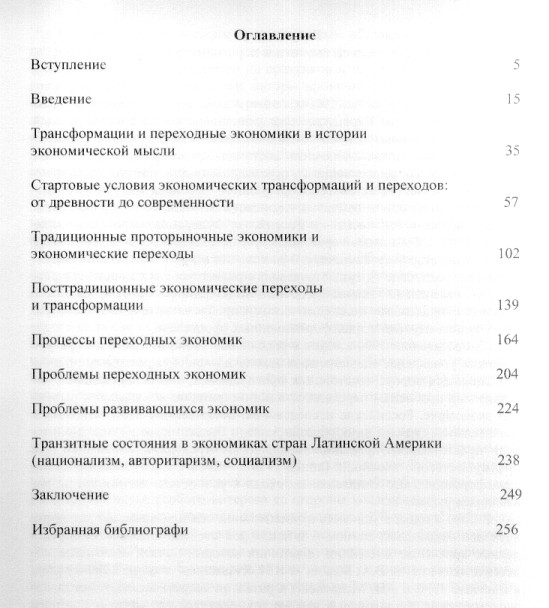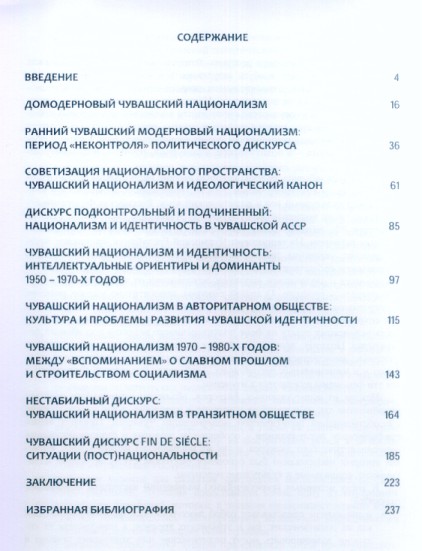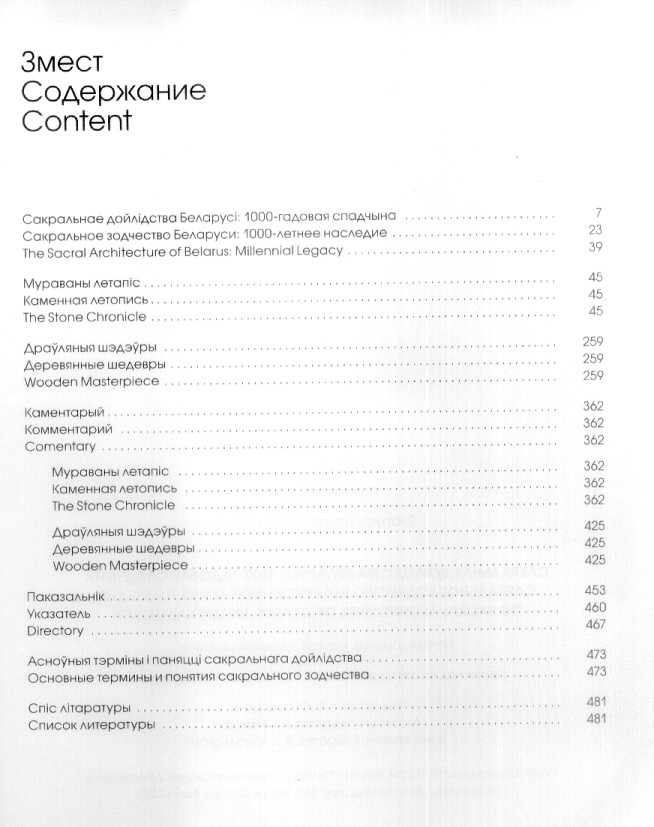Wroclaw University Library
Istoričeskoe, topografičeskoe i statističeskoe opisanie Voronežskoj gubernii
Location
Ekonomičeskie transformacii : tradiciâ i rynok (k političeskoj ekonomii perehodnyh obšestv)
Publisher
Location

Hresčensem, halăh, Čăvaš naci : voobražaâ i sozdavaâ čuvašskuŭ naciû (problemy istorii čuvašskogo nacionalizma konca XIX-načala XXI veka)
Publisher
Location

Josef Werndl und die Waffenfabrik in Steyr
Publisher
Location
Einleitung . . 6
DER MENSCH
1. Josef Werndl - Sein Leben . . 15
2. Die Familie . . 56
3. Werndl als Politiker . . 77
4. Major im Bürgerkorps . . 89
5. Seine sozialen Leistungen . . 97
6. Sein Hausbesitz . . 109
7. Engagement bei Wolfsegg-Traunthaler . . 118
8. Anekdoten . . 122
9. Gedenken an Werndl . . 134
DAS WERK
1. Steyr, die alte Waffenschmiede . . 151
2. Die Werndl-Werke (bis 1869) . . 165
3.1. Die Aktiengesellschaft (bis 1880) . . 198
3.2. Die Österreichische Waffenfabriks-Gesellschaft ab 1880 . . 135
5. Das Erbe Josef Werndls . . 284
6. Konstrukteure und leitende Mitarbeiter . . 345
7. Wohnbau für die Arbeiter . . 360
8. Die Rolle der Arbeiter . . 372
Anhang . . 406
Literatur und Quellen . . 433
Bildnachweis . . 444
Nachwort . . 445
Damen, Ritter und Feministinnen : zum Frauenrechtsdiskurs in Polen
Publisher
Location
Zur Geschichte der Frauenfrage und feministischer Bewegungen in Polen . . VII
Einführung . . 1
Konstituierung einer neuen Identität . . 9
Persönliche Freiheit . . 11
Der Körper - Die Gefühle - Sex und Reproduktion . . 37
Die Teilhabe am öffentlichen Leben . . 37
Eigenständigkeit . . 66
Die Neuaushandlung des Geschlechtervertrags . . 91
Männer und Frauen . . 97
Der Ehezwang . . 126
Emanzipatorische Strategien . . 155
Abschied von den Damen und Rittern . . 185
Anderthalb Dekaden später . . 187
Literaturverzeichnis . . 193
Verzeichnis der Informationskästen im Text . . 207
Personenverzeichnis . . 209
Rossiâ i russkij čelovek v vospriâtii slavânskih narodov
Publisher
Location
Sakral'nae dojlidstva Belarusì : 1000-gadovaiâ spadčyna = Sakral'noe zodčestvo Belarusi : 1000-letnee nasledie = The sacral architecture of Belarus : millennial legacy
Publisher
Location

Chinese antiquities : an introduction to the art market
Publisher
Location
Acknowledgements . . 6
Foreword . . 7
Introduction . . 8
Chronology of China . . 15
Part One: A Global Trade . . 19
Chapter 1: Geopolitical Issues for the People's Republic of China . . 20
Chapter 2: Historical Trade in Chinese Material Culture . . 35
Chapter 3: The Global Market Today . . 41
Part Two: Today's Chinese Art Market Sectors . . 59
Chapter 4: Traditional Painting and Calligraphy . . 60
Chapter 5: Chinese Ceramics . . 74
Chapter 6: Decorative Works of Art . . 87
Part Three: The Structure of the Art Market . . 103
Chapter 7: Museums and Public Collections . . 104
Chapter 8: Collectors and the Art of Collecting Chinese Antiquities . . 116
Chapter 9: Chinese Art and Antique Dealers . . 131
Chapter 10: Chinese Art Auctions . . 139
Conclusion . . 152
Notes . . 155
Bibliography . . 160
Appendix A . . 163
Appendix B . . 167
Index . . 171
Food waste and sustainable food waste management in the Baltic Sea region
Publisher
Location
1 Introduction . . 1
1.1 Scope . . 4
1.1.1 Food Losses . . 5
1.1.2 Food Residuals . . 6
1.1.3 By-Products, Including Animal By-Products . . 6
1.1.4 Food Waste . . 6
References . . 6
2 Literature Review . . 9
2.1 Legislation . . 10
2.2 Waste Management Hierarchy . . 11
2.2.1 Differences and Similarities in the Waste Management Hierarchies . . 14
2.3 Bio-Waste . . 17
2.4 Food Waste . . 20
References . . 26
3 Causes of Food Waste Generation . . 31
3.1 Consumer Behaviour . . 31
3.2 Lack of Awareness . . 34
3.3 Labelling . . 35
3.5 Food Merchandising . . 37
3.6 Legislation/Regulations as an Obstacle . . 38
3.6.1 European Marketing Standards . . 39
3.7 Companies Private Standards and Reputation . . 39
3.8 Overproduction and Excess Stock . . 40
3.9 Food Prices/Financial Incentives . . 41
3.10 Technical Factors . . 43
3.10.1 Storage . . 43
3.10.2 Stock Transportation . . 44
3.10.3 Poor Packaging . . 44
References . . 48
4 Methods of Food Waste Reduction . . 51
4.1 Public Awareness Raising/Education . . 51
4.1.1 Awareness Campaigns and Informativeness . . 52
4.1.2 Guidelines . . 52
4.1.3 Education . . 53
4.2 Food Recovery and Redistribution . . 53
4.3 Legislation—Governmental Interventions . . 55
4.4 Economic Incentives/Financial Instruments . . 57
4.4.1 Negative . . 58
4.4.2 Positive . . 59
4.5 Forecasting and Correct Inventory Management/Planning . . 59
4.6 Packaging . . 61
4.7 Labelling . . 61
4.8 Companies Initiatives . . 62
4.9 Separate Collection of Food Waste . . 64
4.10 Alternative Use . . 65
4.10.1 Energy Recovery . . 65
4.10.2 Novel Added-Value Materials/Products . . 68
References . . 77
5 Research Methods . . 81
6 Overview of the Baltic Region Countries . . 83
6.1 Main Economic Activities . . 83
6.1.1 Belarus . . 83
6.1.2 Estonia . . 85
6.1.3 Germany . . 87
6.1.4 Latvia . . 87
6.1.5 Lithuania . . 87
6.1.6 Poland . . 88
6.1.7 Sweden . . 89
6.2 Renewable Energy . . 90
6.3 Food Consumption and Undernourishment . . 91
6.3.1 Poverty Level . . 91
6.3.2 Undernourishment . . 92
6.3.3 European Food Aid . . 93
6.3.4 Food Expenditures . . 94
6.4 Biodegradable Waste . . 96
6.4.1 Legislation . . 96
6.4.2 Waste Generation and Treatment . . 96
References . . 103
7 The State of the Problem of Food Waste in the Baltic Region Countries . . 107
7.1 Food Waste Generation in the Baltic . . 107
7.1.1 Food Waste Amounts According to the FAO Food Balance Sheets . . 110
7.1.2 Food Waste Generated Based on the FAO Technical Conversion Factors—Extraction Rates . . 124
7.1.3 Belarus . . 125
7.1.4 Estonia . . 129
7.1.5 Germany . . 129
7.1.6 Latvia . . 134
7.1.7 Lithuania . . 135
7.1.8 Poland . . 137
7.1.9 Sweden . . 139
7.2 Food Waste Treatment . . 144
7.2.1 Belarus . . 145
7.2.2 Biological Treatment in Belarus . . 146
7.2.3 Estonia . . 147
7.2.4 Germany . . 149
7.2.5 Latvia . . 154
7.2.6 Lithuania . . 156
7.2.7 Poland . . 158
7.2.8 Sweden . . 161
References . . 170
8 Discussion . . 177
8.1 Food Waste Generation . . 178
8.1.1 Food Waste Amounts According to the FAO Food Balance Sheets . . 180
8.1.2 Food Waste Generated Based on the FAO Technical Conversion Factors—Extraction Rates . . 181
8.1.3 Situation in Individual Countries . . 181
8.2 Food Waste Treatment . . 186
8.2.1 Belarus . . 186
8.2.2 Estonia . . 187
8.2.3 Germany . . 188
8.2.4 Latvia . . 189
8.2.5 Lithuania . . 189
8.2.6 Poland . . 190
8.2.7 Sweden . . 192
References . . 192
9 Conclusions and Recommendations . . 193
9.1 Conclusions . . 193
9.1.1 Belarus . . 194
9.1.2 Estonia . . 195
9.1.3 Germany . . 195
9.1.4 Latvia . . 196
9.1.5 Lithuania . . 197
9.1.6 Poland . . 197
9.1.7 Sweden . . 198
9.2 Recommendations . . 199
9.2.1 Belarus . . 200
9.2.2 Estonia . . 201
9.2.3 Germany . . 201
9.2.4 Latvia . . 202
9.2.5 Lithuania . . 202
9.2.6 Poland . . 203
9.2.7 Sweden . . 203
References . . 204
Appendix A: Questionnaire in English . . 205
Appendix B: Questionnaire in Russian . . 211
Glossary . . 217
Public spectacles in Roman and late antique Palestine
Publisher
Location
Preface . . ix
Introduction . . 1
1. The Beginning: The Introduction of Public Spectacles and Competitions into Ancient Palestine . . 11
2. Shaping the City's Landscape: Buildings for Mass Entertainment in Their Urban Context . . 57
3. Entertaining the Crowds: Performances, Competitions, and Shows . . 117
4. Financing, Organization, and Operation . . 171
5. Adopting a Novelty: Jewish Attitudes toward Roman Spectacles and Competitions . . 195
6. Public Spectacles and Sociocultural Behavior in Late Antique Palestine . . 227
Epilogue . . 255
Abbreviations . . 261
Notes . . 263
Source Index . . 347
Subject Index . . 353
